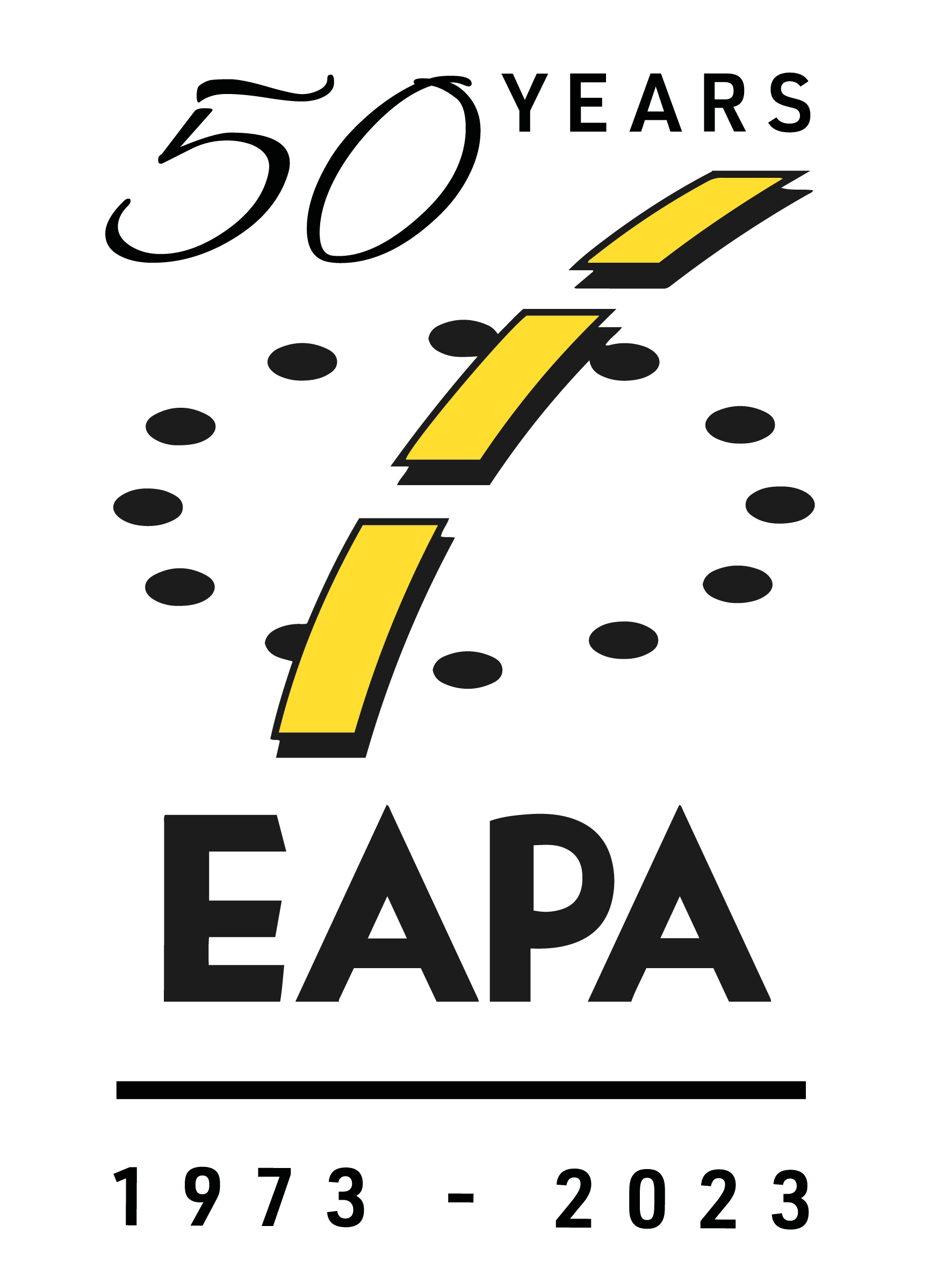Did you know?
At the end of 2019, the new European Commission, led by President Ursula von der Leyen, established the most ambitious objectives of European history in terms of sustainability and circular economy, through a series of related documents, such as The European Green Deal or the Circular Economy Action Plan. In these documents, it is stated that in order to fulfil this ambition, the EU needs to accelerate the transition towards a regenerative growth model that gives back to the planet more than it takes, advance towards keeping its resource consumption within planetary boundaries, and therefore strive to reduce its consumption footprint and double its circular material use rate in the coming decade.

Asphalt industry leading the way
In this context, and taking into account that more than 90% of European roads are surfaced with asphalt, the European asphalt industry has the potential to become a key tool in such a process and is already active in various fields to target a climate-neutral future.
The asphalt industry has been working towards reduction of production emissions for many years, by developing cleaner technologies, such as plants running on alternative and bio-fuels and notably through reduced-temperature asphalts (e.g. Warm and Cold Mix Asphalt). Using such processes and materials also promotes a healthier working environment for our workforce.
Nevertheless, probably the greatest impact can be achieved by repairing, re-using and recycling reclaimed asphalt from existing roads to build and maintain new roads.
What are asphalt reuse and asphalt recycling?
The Waste Framework Directive defines the terms “re-use” and “recycling” as follows:
- Re-use: any operation by which products or components that are not waste are used again for the same purpose for which they were conceived.
- Recycling: any recovery operation by which waste materials are reprocessed into products, materials or substances whether for the original or other purposes. It includes the reprocessing of organic material but does not include energy recovery and the reprocessing into materials that are to be used as fuels or for backfilling operations.
By following these principles, EAPA defined asphalt re-use and asphalt recycling, as follows:
Asphalt re-use
Operation by which reclaimed asphalt (RA) is added to new asphalt mixes, with the aggregates and the aged bituminous binder performing the same function as in their original application.
Note: This is independent of manufacturing temperature, road layer, etc. Hence, it would include, for example, the manufacturing of cold mix asphalt from former warm or hot mix asphalt, as long as aggregates and aged bitumen keep respectively working as aggregates and binder.
Asphalt recycling
Operation by which reclaimed asphalt (RA) is used as foundation, fill or road material, with the recovered aggregate and bitumen performing a lesser (or alternative engineering) function than in the original application.
Note: This means that, traditionally, the term “recycling” has been mistakenly used to also refer to “re-use” operations.
Asphalt, the 100% reusable and recyclable material
The 100% re-usability and recyclability of asphalt has made it a highly re-used road construction material in the world, and it has already been demonstrated possible to build certain types of roads with 100% of only reclaimed material.
According to the production figures published by EAPA over the latest years, the amount of available reclaimed asphalt in Europe is around 50 Mt. Out of this amount, the asphalt industry re-uses around 65-75% in the manufacturing of new asphalt mixes and recycles 25-35% extra as a granular material for unbound road layers and other civil Engineering applications. As a result, only around 5% is put to landfill!
These exceptional figures prove that asphalt has become a critical tool of Road Authorities to meet sustainability principles of the Circular Economy Action Plan, such as:
- improving product durability, reusability, upgradability and reparability, addressing the presence of hazardous chemicals in products, and increasing their energy and resource efficiency
- increasing re-used and recycled content in products, while ensuring their performance and safety
- enabling remanufacturing and high-quality recycling
- reducing carbon and environmental footprints
- restricting single-use and countering premature obsolescence
Our vision
Asphalt industry continues to work to ensure that, when technically and economically viable, the reuse of existing road materials should always be the first option and recycling the second. Hence, the disposal of old material in a landfill should never be considered an option. Unfortunately, historical misconceptions of “new” is better than “re-used” and the misguided application of regulations (e.g. end-of-waste criteria) can still hamper their greater reuse.
For these reasons, it is an EAPA policy to encourage and support National and Regional Road Authorities to stimulate demand for the use of sustainable solutions, which optimise the criteria of sustainability, circular economy and quality. Further, to set up regulatory plans, which encourage and facilitate the re-use of materials coming from existing pavements to build and maintain new and other existing roads.
All the information available on our website
Do you want to know more about policies across Europe affecting asphalt re-use and recycling, the best technologies available or the impact of the use of reclaimed asphalt in the LCA of new pavements? Find all this information and more in the related documents published by EAPA:



